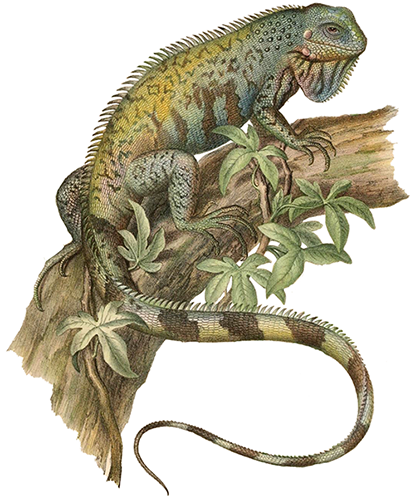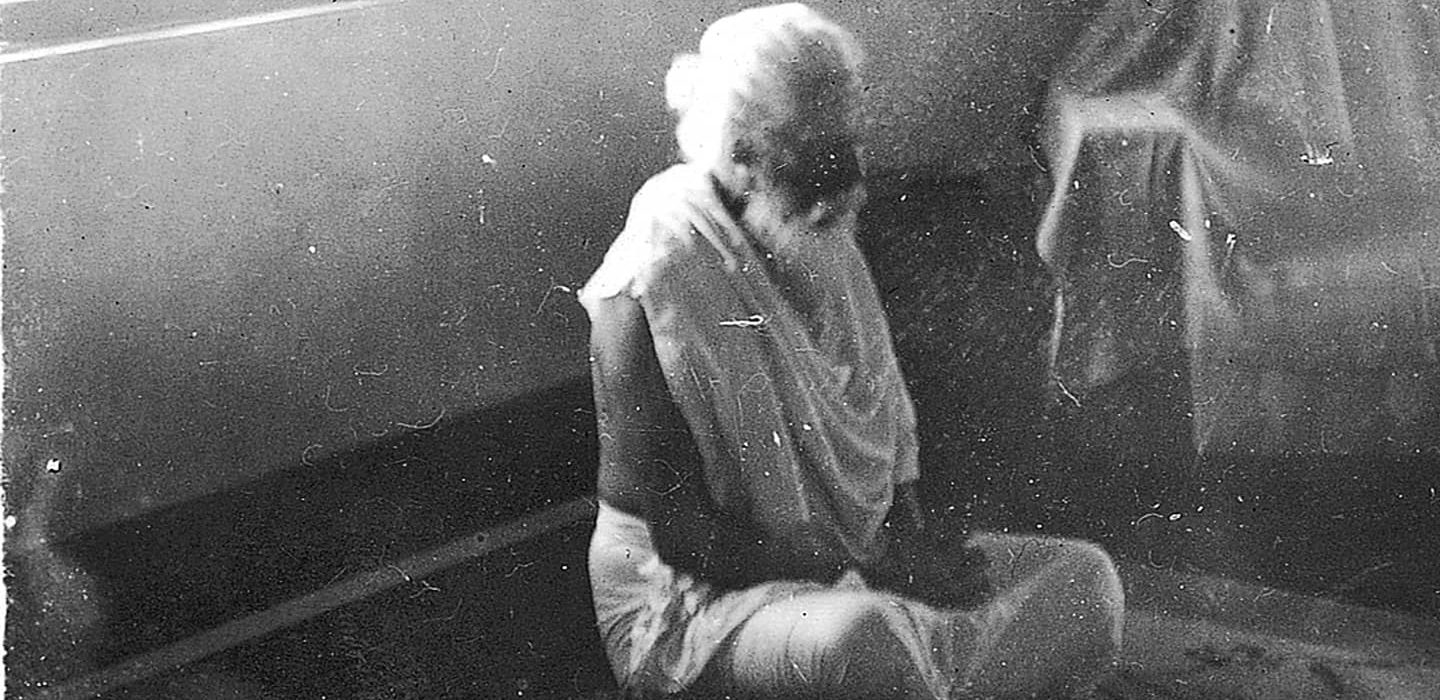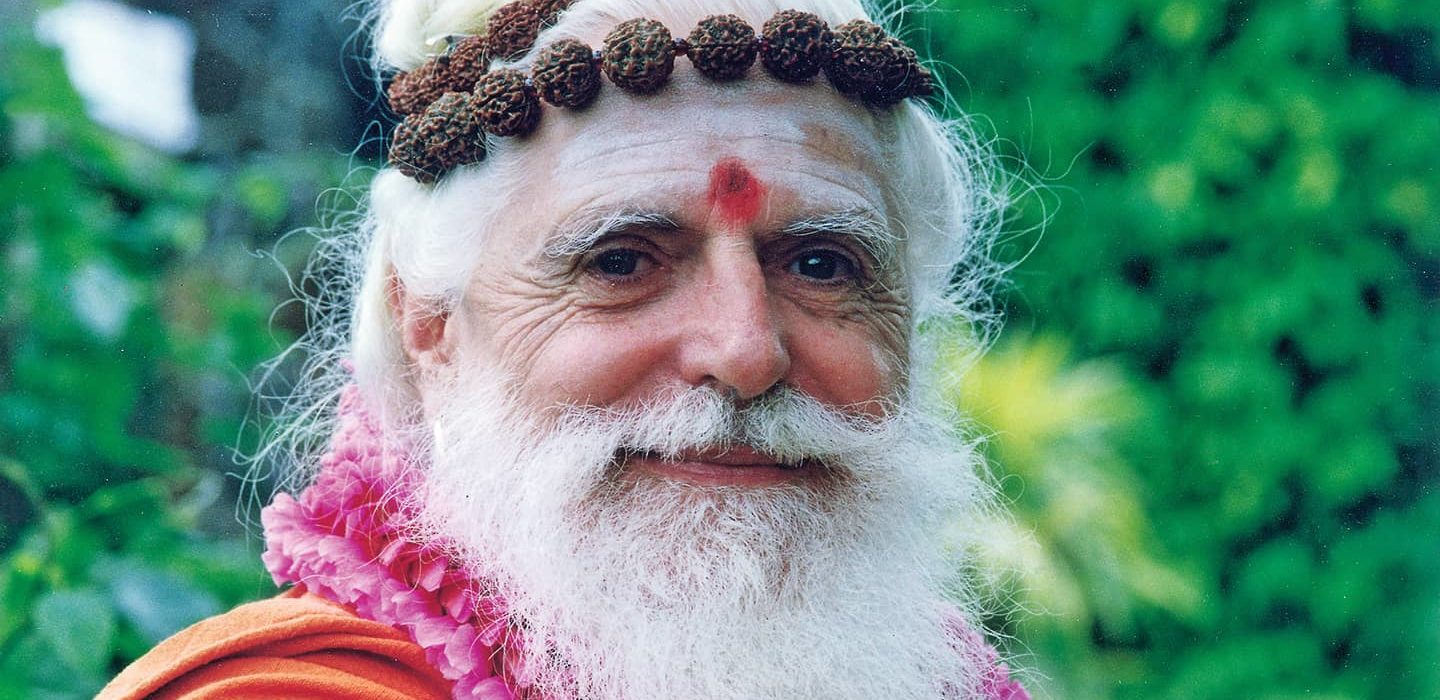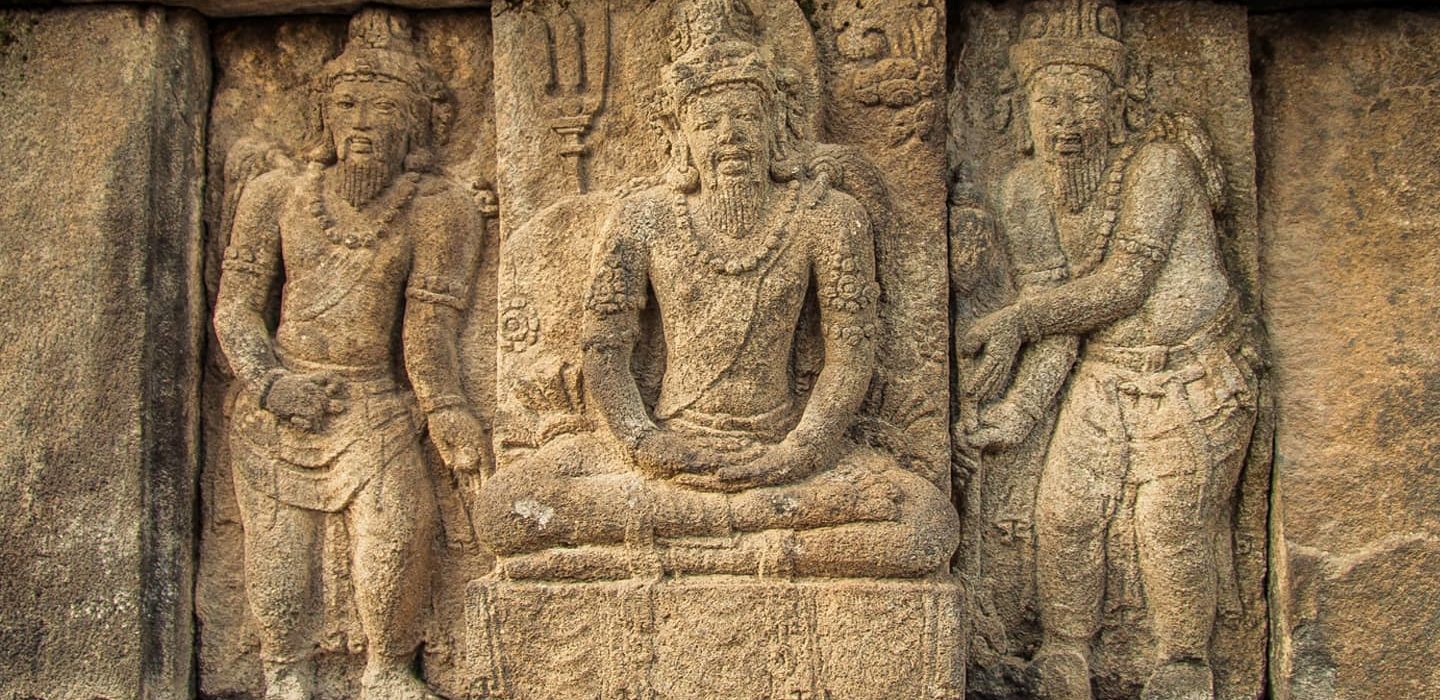
The Guru-Disciple Relationship
Gurus of our Lineage
Mystical Masters centered in Self-realization
For decades, Dandapani’s family members have been disciples of an ancient Hindu monastic lineage from Sri Lanka that spans two millennia. His great grandfather (who lived in Jaffna, Sri Lanka in the 1900s) was a disciple of Yogaswami — one of the more recent gurus from this lineage.
Yogaswami was the guru to Gurudeva, and Gurudeva is Dandapani’s guru. Here, we would like to share with you a little insight into the life of Yogaswami and Gurudeva.
Yogaswami
The Sage of Sri Lanka (1872-1964)
Yogaswami was Sri Lanka’s most renowned contemporary Hindu spiritual master and was revered by both Hindus and Buddhists. Yogaswami found his guru, Chellappaswami, in 1905 outside Nallur Temple, located in Jaffna at the northernmost tip of Sri Lanka.
In passing the temple one day, the young yogi first encountered Chellappaswami when he shouted at him loudly and said, “Hey! Who are you? There is not one wrong thing! It is as it is! Who knows?” When Yogaswami recounted the moment he said that when Chellappaswami shouted this at him, that suddenly everything vanished into a sea of light.
At a later encounter in a festival crowd, Chellappaswami ordered Yogaswami, “Go within. Meditate. Stay here until I return.” Three days later, Chellappaswami came back to find the obedient Yogaswami in the same spot meditating and awaiting his master’s return.
This is the first photo ever taken of Yogaswami. There are only five known photos of him. This was taken in 1949 by Samy Pasupati at the then-residence of Dr. & Mrs.V.T. Pasupati in Chilaw, Sri Lanka.
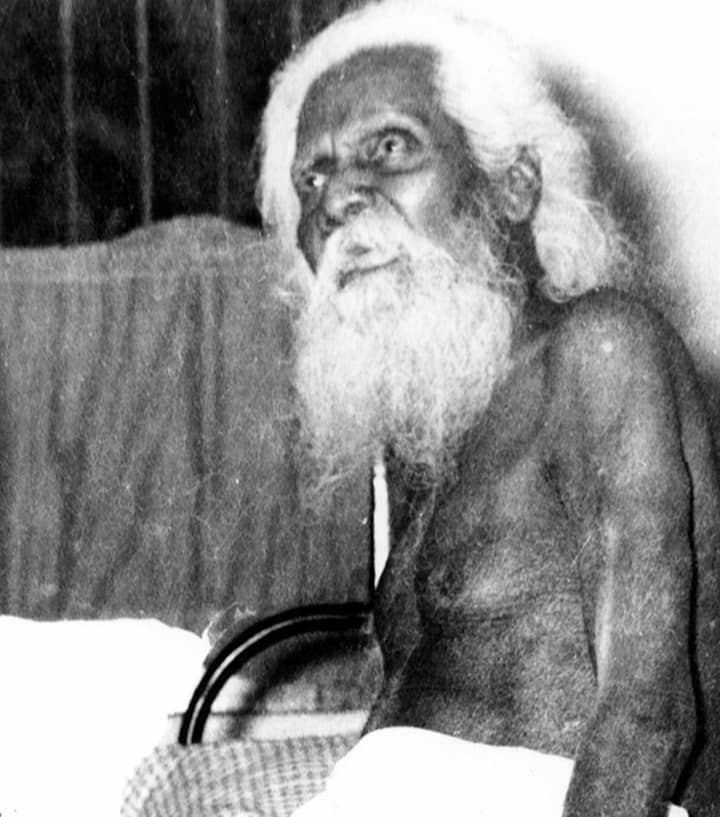

“There is one thing God cannot do. He cannot separate Himself from the soul.”
~ Yogaswami
Soon afterwards, 33-year-old Yogaswami gave up everything to follow Chellapaswami for the next five years. His life became filled with intense spiritual discipline and severe austerity.
Following Yogaswami’s ordination (sannyas diksha), his guru sent him away and never received him again. Chellappaswami died in 1911.
Yogaswami urged his students to be on the Sadhana Marga, the “Path of Spiritual Practice.” As opposed to theoretical and intellectual learning, the Sadhana Marga is the path of great effort, spiritual discipline and consistent inner transformation. This was Yogaswami’s prescription to truth seekers. Yogaswami’s teachings are conveyed in hundreds of songs he wrote, called Natchintanai or “good thoughts.”
Sivaya Subramuniyaswami
Our guru (1927-2001)
Sivaya Subramuniyaswami, affectionately known as Gurudeva, was born near Lake Tahoe, California, on January 5, 1927. Subra means “the light that emanates out from the central source.” Muni means a silent teacher. Ya means restraint. So together, Subramuniya means a “self-restrained soul who remains silent or speaks from intuition”.
Gurudeva was ordained by Yogaswami at 6:21 p.m. on the full-moon day of May 12, 1949, in Jaffna, Sri Lanka, just days after Gurudeva had attained Self-realization in the caves of Jalani in southern Sri Lanka. Yogaswami ordained Gurudeva after only a few visits, initiating him with a slap on the back and the following instructions: “This sound will be heard in America! Now go-’round the world and roar like a lion. You will build palaces (temples) and feed thousands.”
Today, Satguru Sivaya Subramuniyaswami is recognized worldwide as one of the foremost Hindu luminaries of recent generations. He is recognized for his work to revive Hinduism; he was simultaneously a staunch defender of the tried and true traditions of the past, and yet he was also a fearless innovator, setting new patterns of life for contemporary humanity.
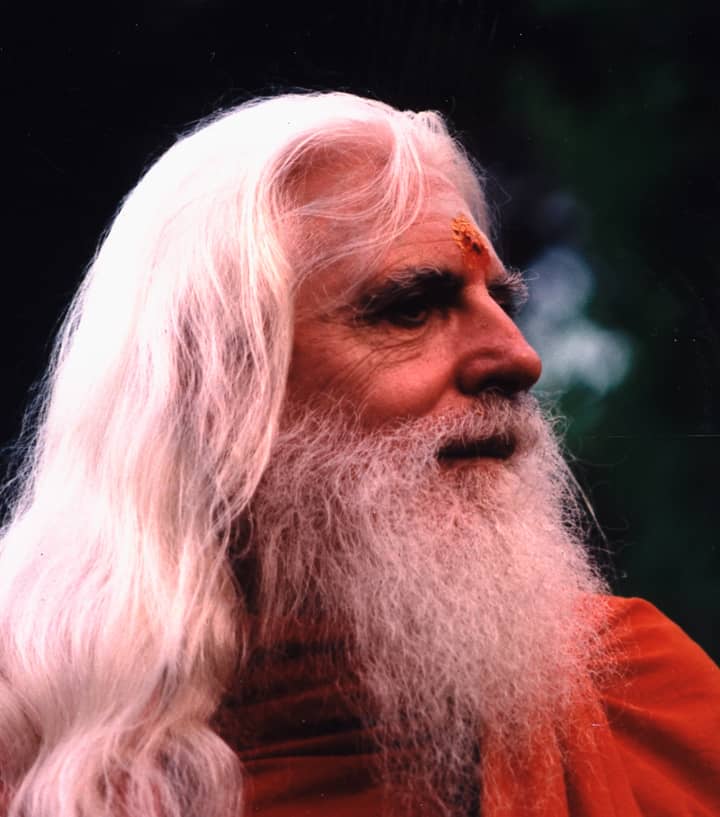

“Where awareness goes,
energy flows. ”
~ Gurudeva Subramuniyaswami
“A person who is wise enough to struggle with his own mind by trying to gain the mastery of his mind will learn the vital practice of meditation.”
~ Gurudeva Subramuniyaswami
